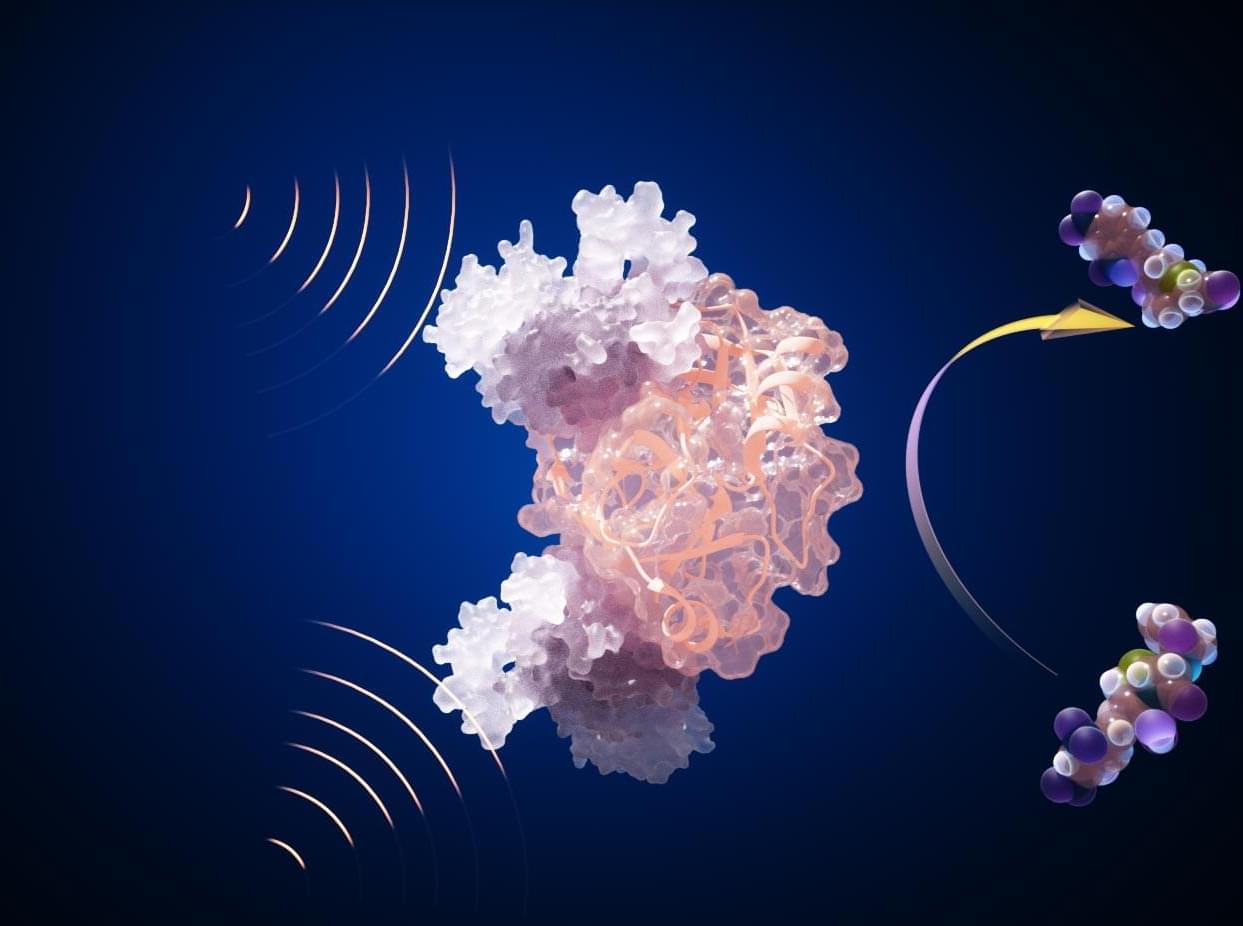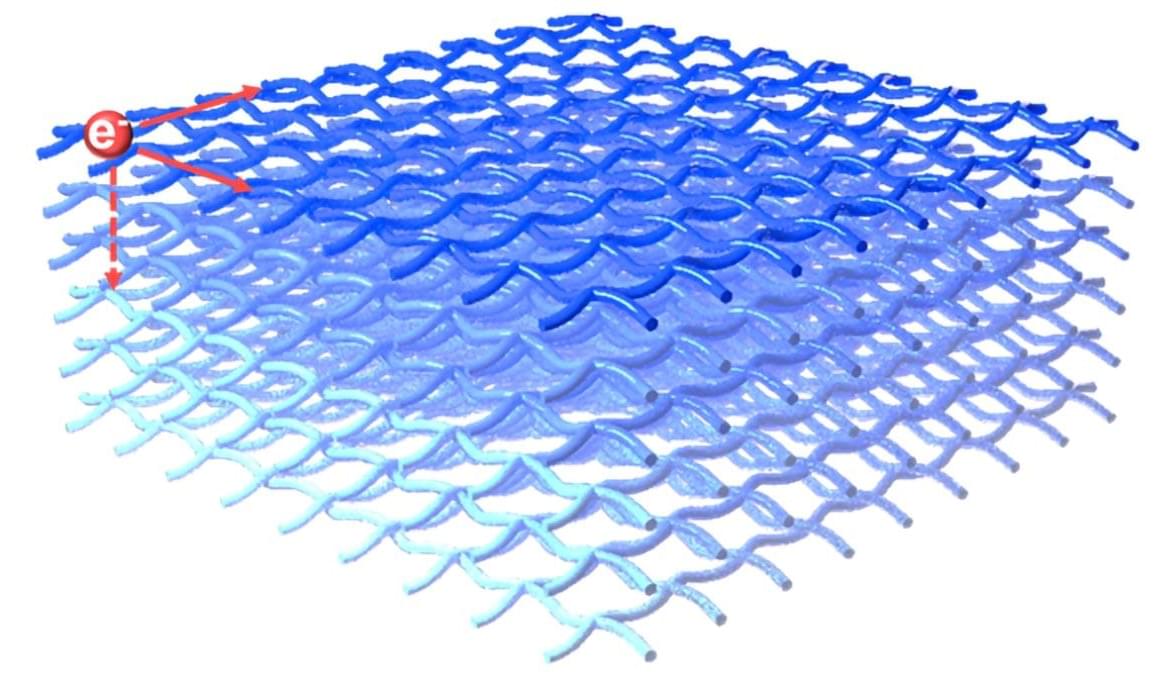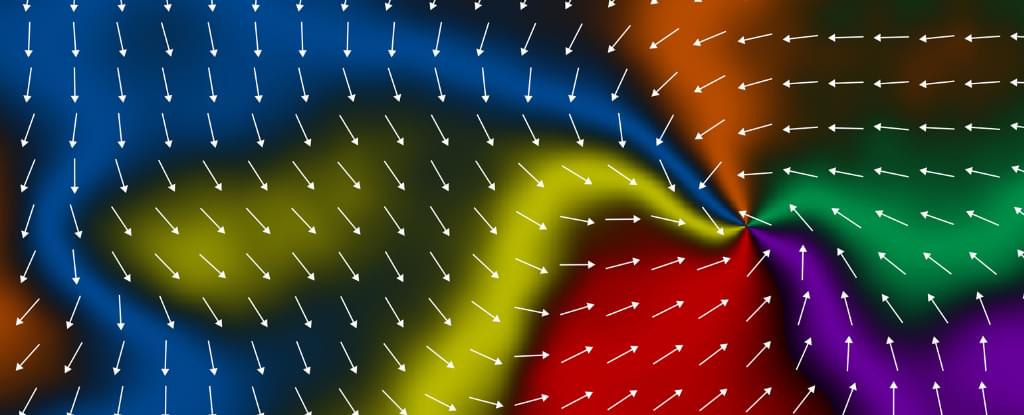Keeping up with the Joneses…
The big elephant in the room here is Micro-LED. That’s because, like QDEL, Micro-LED pixels are self-emissive, with each pixel containing a tiny red, blue, and green LED, which combine to produce different colors as needed. It also means that Micro-LED displays have that pixel-level control for true blacks.
But QDEL could win here, too. Quantum dots seem to be able to produce more saturated and more pure colors than LEDs, which is why quantum dots are used on many high-end TVs today. Of course, it’s entirely possible that Micro-LED technology could be combined with a quantum dot layer for purer and more vibrant colors, which would create a stunning image with a high level of brightness.
Likely, however, QDEL could end up doing a similar job as Micro-LED for much cheaper. Micro-LED has proven expensive to produce. While QDEL isn’t being used on consumer screens just yet, it could end up being much cheaper given the fact that quantum dots at this point are relatively easy to manufacture.






